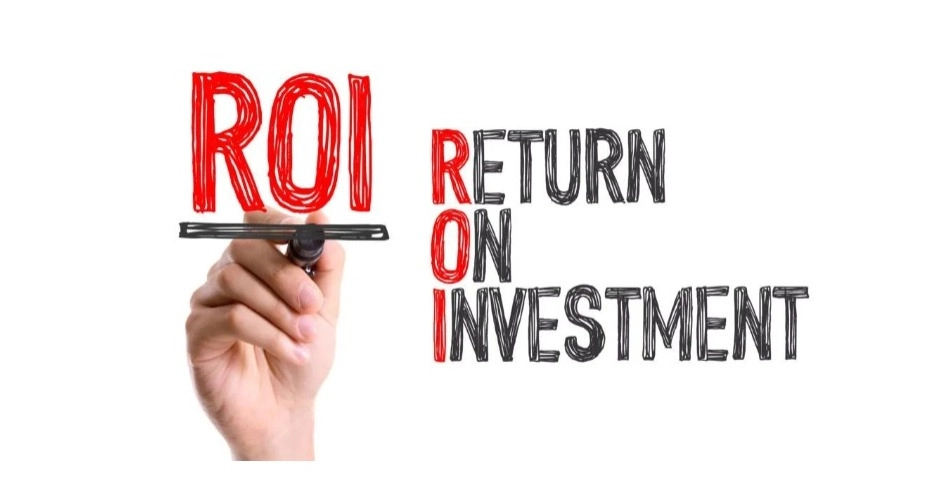Is your return expectation 'REAL'?
In the normal course of investment journey, we save money; we select an asset and then we invest. In this process, it is necessary to know the answer of one important question - Why are we investing?
So, a basic idea of investing is that we invest money and we get benefit in return and thus we call it as “Return on Investment (ROI)”. First, let us understand what ROI is and how it is measured. Suppose you invest Rs. 1 lakh on which you generate profit of Rs. 10000, so your return on investment is Rs. 10000 and in terms of percentage, your ROI is 10% (i.e. 10000/100000*100). This is how we normally calculate return on investment. Hence, primary and a very simple goal of investing is to earn income or profit.
But that’s not all! We further need to know how this return is generated.
An investment would generate return over a period of time either in the form of regular cash flows or in form of capital appreciation or both. Regular cash flow is earnings from investment such as dividend, interest, rent etc. Capital appreciation is growth in the value of investment. For instance, increase in market value of equity shares or a house property or a painting. Thus, formula for return on investment is expressed as follows:
Return on Investment (ROI) = Growth Yield + Earnings Yield
Exhibit: Example of ROI (%) Calculation:
Conclusively, return on investment is a profitability ratio that measures how well your investments perform. In other words, ROI helps you know if the money you shell out for business is flowing back in as revenue.
But wait, do we realize this return in absolute terms? The answer is NO!
As they say, there is no free lunch and the same way there is no gain without cost. When you invest in an asset, you want it to eventually turn a profit and to earn profit, some cost has to be incurred. There are two types of cost which we incur while investing: Actual Cost and Notional Cost.
Firstly, let us understand what the actual cost of investment is. It is an aggregate of cost of acquiring an asset, cost of carrying an asset, cost of sale and applicable duties & taxes. These costs are incurred in terms of actual cash outflow. In other words, one has to pay out of pocket when such cost is incurred.
To find return on investment, subtract the cost of your investment from the gains of your investments and then divide by the capital invested.
Now, the main difference between actual cost and notional cost is cash outflow. While actual cost is borne in cash, there is no such outflow involved in notional cost but it decreases the ROI. It is also known as imaginary cost or conceptual cost. Since this cost does not directly affect our pocket, we may end up neglecting the same.
One of the biggest risk/loss in case of wealth is losing its value. It has been rightly said that “Time is money”. What we really need to focus here is “Time value of money”. If we don’t consider this fact, we may end up losing the worth of our investments over a period. Thus aim is to protect the value of money.
So how to protect the value of money and how to determine the real ROI?
The answer is INFLATION.
Inflation is a notional cost of investment and it means the rate at which price rise occurs. In economics, value is classified as nominal and real value. Nominal value is measured in terms of money where as a real value is one which has been adjusted for inflation.
Let’s simplify this with an example:
Cost of an item today is Rs. 100 and if annual inflation rate is 10% then the cost of same item after a year will be Rs. 110. This also means that value of money decreases over a period of time due to inflation because there is a constant price rise in the market. So if you don’t invest or utilize money today, value of that money is going to decrease in future. This concept is also known as purchasing power parity. In order to maintain parity of your purchasing power, you need to consider the effect of inflation.
So finally when we subtract notional cost as well, we will get the Real ROI i.e. inflation adjusted returns on investment.
It is important to find real ROI because it helps you know whether an investment is generating return that beats inflation. Also it helps to determine relative performance across different asset classes so that we can conclude which asset class has the potential to generate better inflation adjusted gains.







